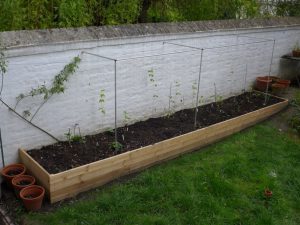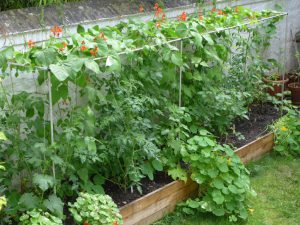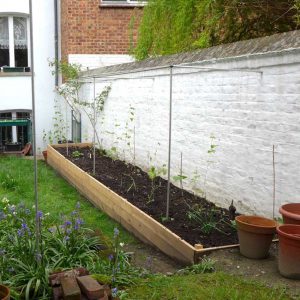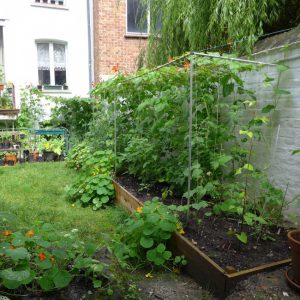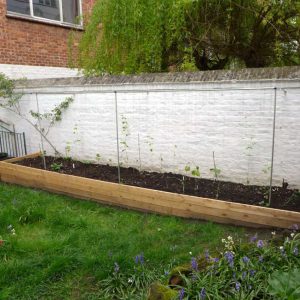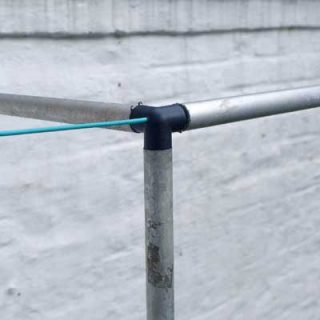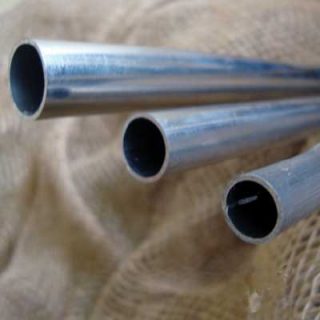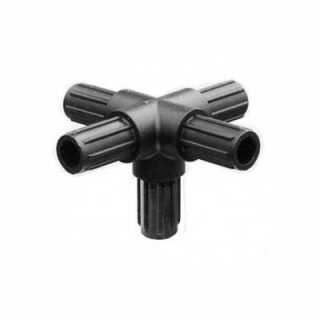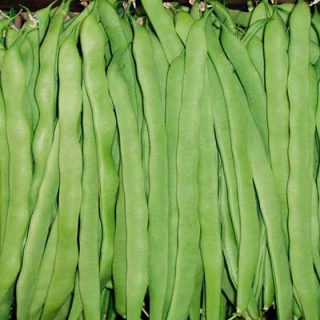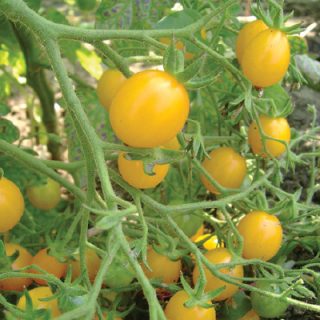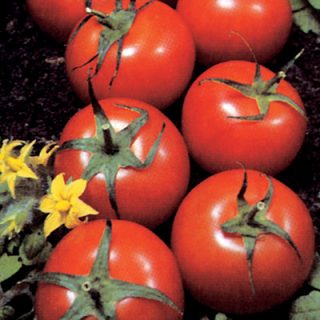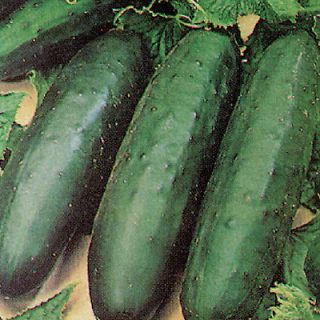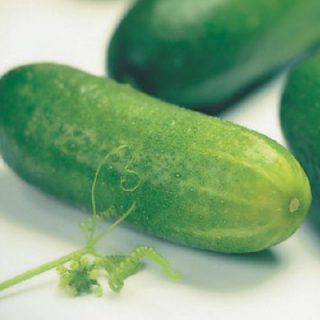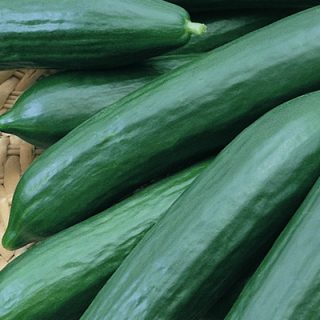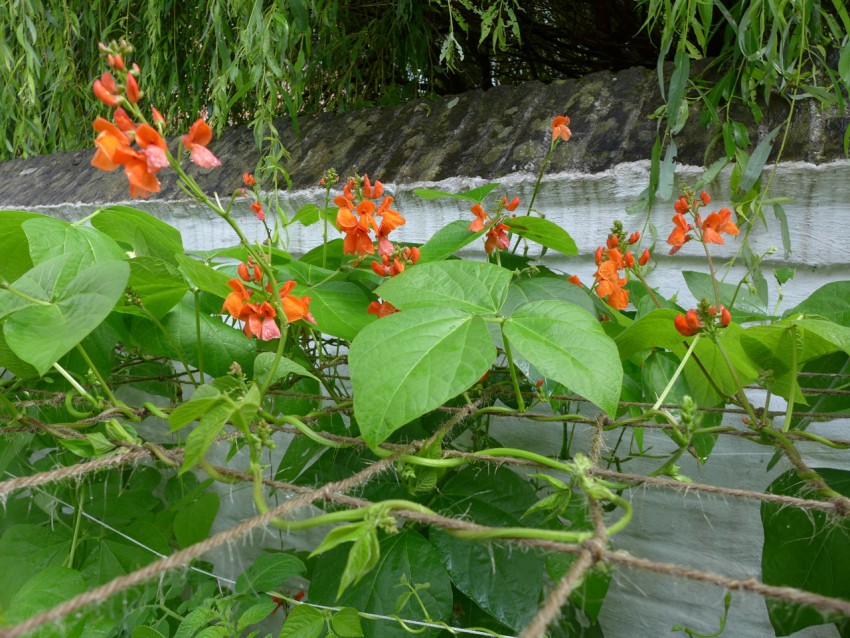
People often think of a raised bed as a soil bed a foot or so off the ground. It is that and more. By fixing a frame over the bed gardeners can experiment with permaculture systems of growing on several levels with the top level of netting 2 metres above the soil bed.
In this garden the frame is made of light weight aluminium tubing fixed together with plastic corner pieces (see below) and secured to the garden wall. Plants are then trained with string to occupy the space within the frame. It is important to disperse the weight of plants across the frame.
The aim is to create several growing levels starting from the soil level for smaller plants (herbs etc) then the mid level (tomatoes and beans) and a top level (beans and cucumbers). Ideally the soil surface would be mulched but with wet conditions prevalent here this can cause plant disease.
The basic spacing for planting a raised bed is the “square foot” system, one plant per square foot. At soil level this means 1 lettuce per square foot. For climbers like beans this spacing can be reduced. For larger plants like tomatoes it must be doubled.
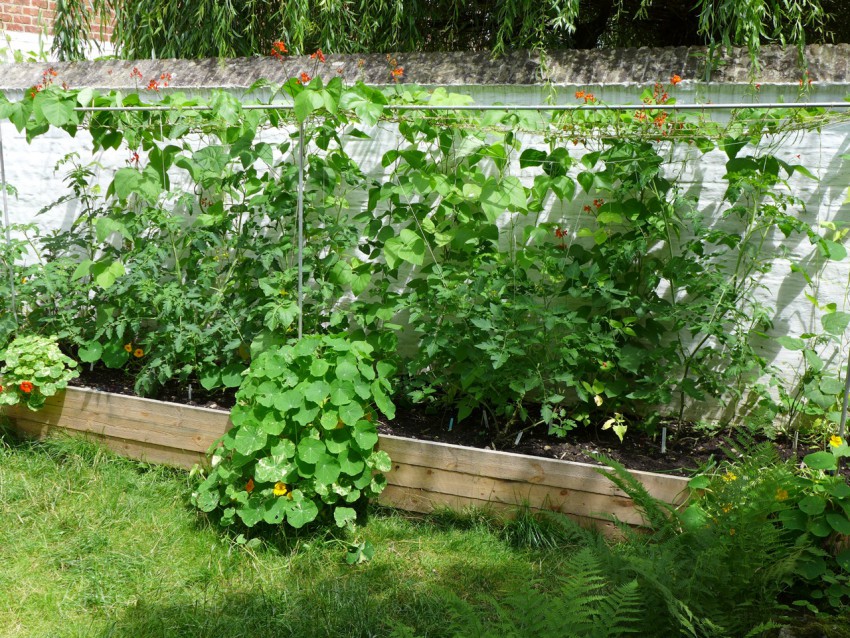
The raised bed and frame is ideal for a combination of beans, tomatoes, cucumbers and herbs. Air circulation among the plants is important to prevent disease so getting the balance of plant density and spacing correct is by trial and error over many years.
Frames
Beans
Tomatoes
Cucumbers
